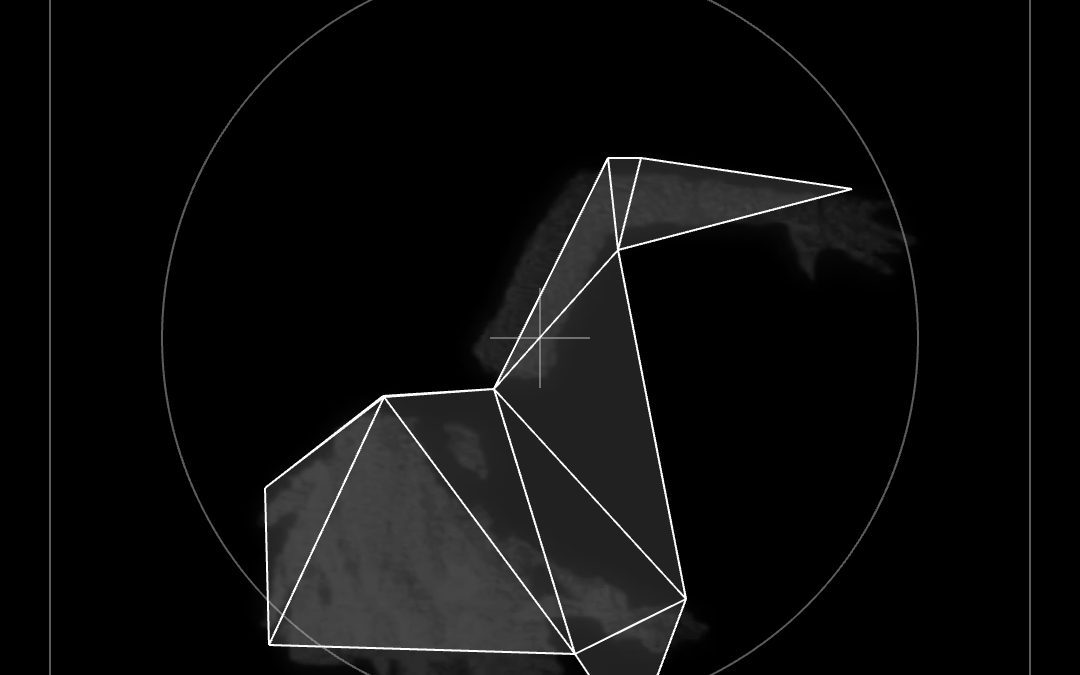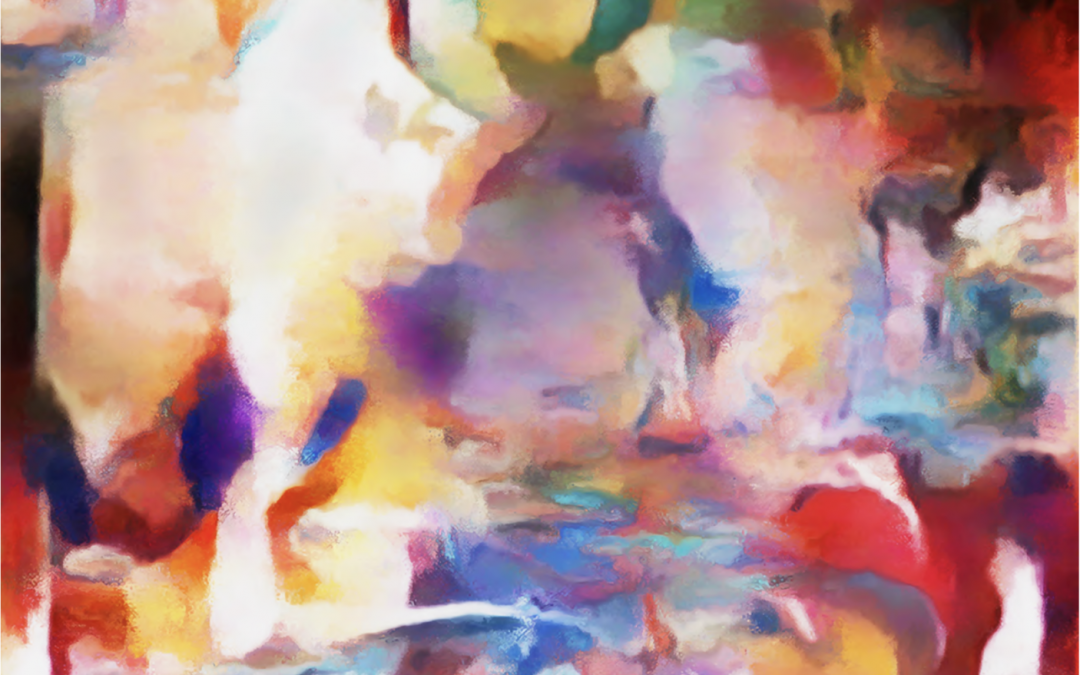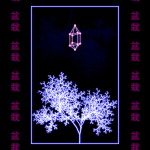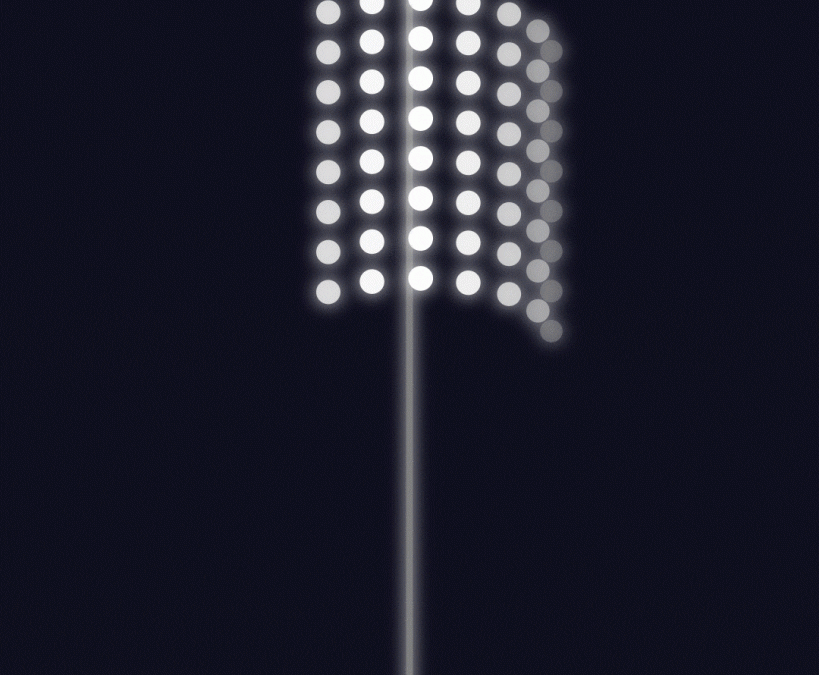The artist discusses her collaboration with NARS Cosmetics and the power of beauty and identity.
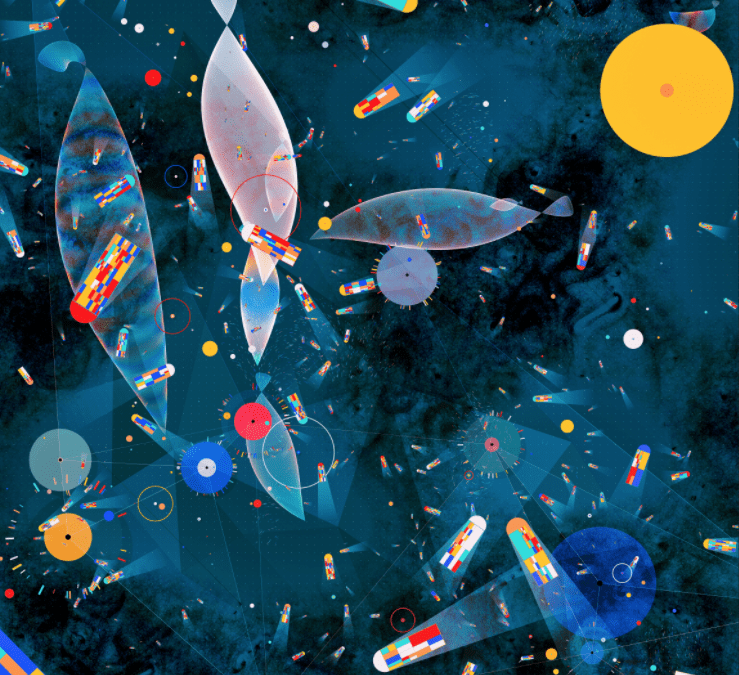
An Interview With Artist Manolo Gamboa Naon by Artnome
We are excited to welcome the artist Manolo Gamboa Naon known as Manolo (@Manoloide on SuperRare) as a new artist to our platform!
Manolo Gamboa Naon is an Argentinean visual artist and creative coder whose interest focuses mainly on exploring generative visual aesthetics based on plastic experimentation with code. His works explore the potential of programming as an expressive language in the framework of generativity and process art. Combining images and video, he explores the possible relationships between chaos and order, organic and artificial, randomness and control.
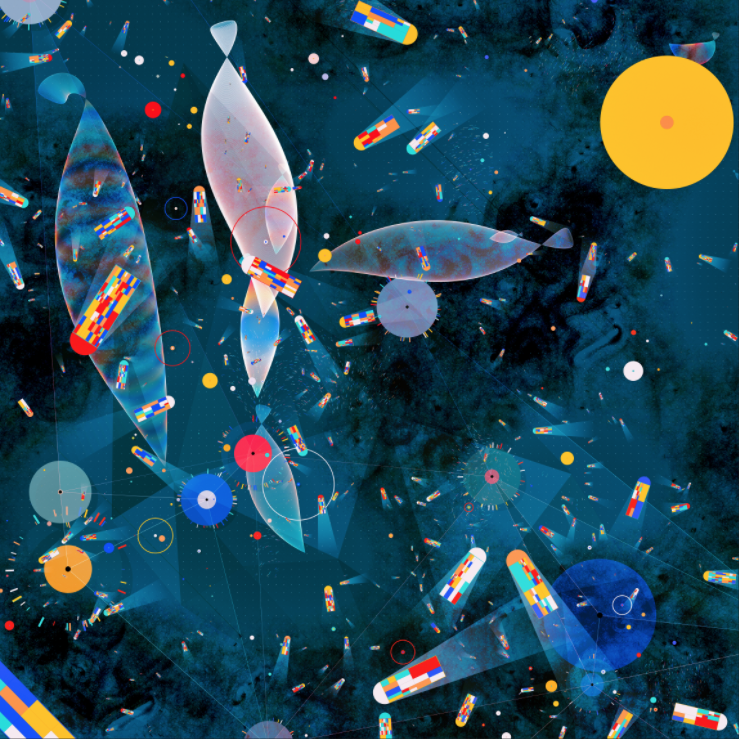
vvttmmnn, Manoloide 2019.
Exclusively on Kate Vass Gallery
In the 2018 article “Generative Art Finds Its Prodigy” Jason Bailey interviews artist Manolo with the help of art historian and Spanish to English interpreter Kaesha Freyaldenhoven. Together they published the first interview in English with this internationally respected and admired generative artist. The interview has been read over 50 thousand times and Bailey has offered to share an excerpt from their conversation below to help acquaint SuperRare collectors who may be new to the artist and his work:
Jason Bailey (JB): A lot of generative artists either start as artists first or programmers first and then build the other skillset. Can you tell us a little about your background? How did you first end up making generative art?
Manolo Gamboa Naon (M): I was young. I was thirteen. But, well, I think in that moment, I started making images but I didn’t know what I was doing. I did not realize that there were other artists out there doing the same things I was doing. Only after many years and finding other artists, did I say, ‘Wow! There are people doing things with Flash that I now appreciate in this moment.’ I later switched to Processing.
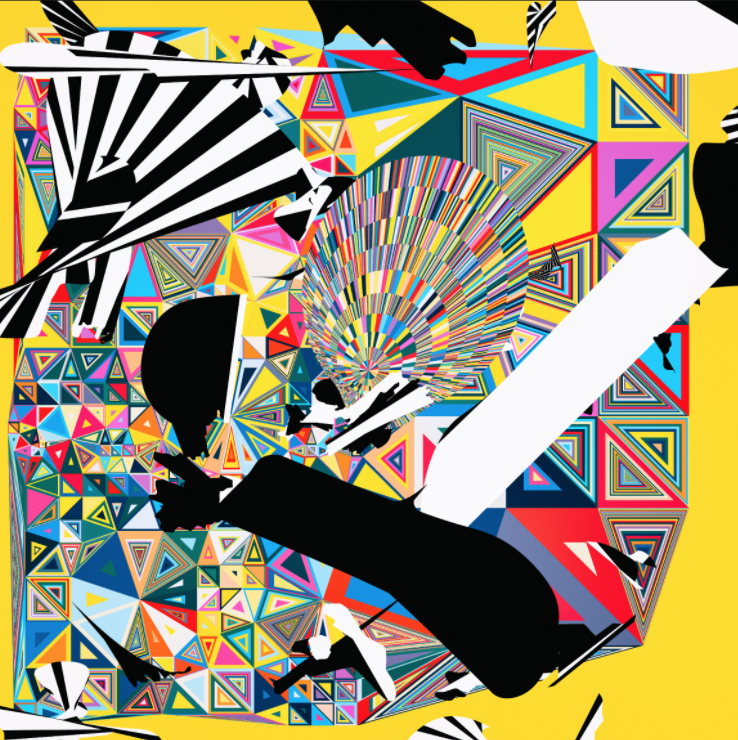
OP_021, Manoloide 2019.
Exclusively on Kate Vass Gallery
JB: How long have you been using Processing?
M: Seven years.
JB: How did you learn it?
M: I had an orange book – Schiffman – during this time. But I also started studying design as a career. They encouraged us to learn Processing for a year. We had to learn how to program in the course. But during this time, I was more interested in creating interactive things rather than design.
JB: I am often surprised how people misunderstand generative art. I had a professor who told me generative art would always be limited, as there is no such thing as an accident with a program. He believed accidents are where discovery happens. I disagreed. When I was making generative art, there were often surprises when I would run the code, and I would build and adjust the work based on those surprises. I am curious about your thoughts on the creative process in coding art. Is it a discovery process with trial and error and accidents and discovery like traditional art making? Or do you have the complete outcome in mind before you start? Or maybe neither?
M: Generally, one has an idea, makes a first draft of this idea, and then begins correcting. All of the time, when I come and create, the most beautiful parts of the work are born from the errors. After a certain point, I believe that the maturity of my style was formed by making small errors because I was discovering as I went along. From these errors, I take an idea and it stays. I learn how to manipulate from these errors. The error is central to the work of generative artists apart from, obviously, the rules, and the rules become text that converts into an image. It is impossible to have what you imagine become what you see. The beginning is errors, errors, errors, errors. They are beautiful errors.

cllm, Manoloide 2020.
Exclusively on Kate Vass Gallery
JB: For me, your sense of color and pattern are what stands out the most. I feel like your choice of color palettes is very smart, and you evoke strong feelings through this alone. For example, you have some recent works that makes me nostalgic for the ’80s, with shapes and colors that were very popular in that decade. Where do you get the inspiration for your color palette?
M: Color is a problem in my life. Realistically, when I began making generative artwork, I realized that programmers – I mean, I don’t want to generalize – but they do not give color a lot of importance. They do not have an intention. But in the past five or six years, I have been attempting to feel more comfortable using colors. Because it matters – a lot. And now, sometimes I spend more time forming a color palette than programming. My inspiration comes from looking around all the time. I look at a lot of things from design. Instagram, Twitter, all the time searching for references. A movie, an old newspaper. Inspiration comes from many places. In my work, I intend to evoke something – from a time or of a certain quality.

mmntt, Manoloide 2020.
Exclusively on Kate Vass Gallery
JB: What are the biggest changes you have seen in the last decade in Processing and generative art?
Read the answer to this question and the full interview as well as Jason’s complete analysis of Manolo’s work in the article “Generative Art Finds it’s Prodigy” on Artnome.
Tech






Code as canvas: how Olta and Transient Labs are ushering in a new genre of coding as art
Harmon Leon interviews the minds behind Olta and Transient Labs to discuss code, metadata, and the future of interactive NFTs.
Curators' Choice






Curated Conversations: Ayla El Moussa
SuperRare Labs Curatorial Editor Linda Dounia Rebeiz interviews Ayla El Moussa about how she draws inspiration from the Renaissance period, how she approaches nude portraiture, and her “Painted Muse” Series on SuperRare.





